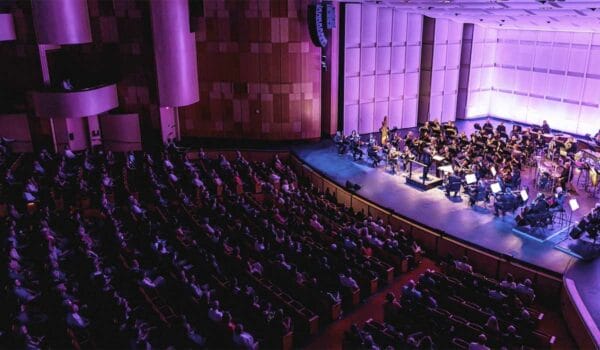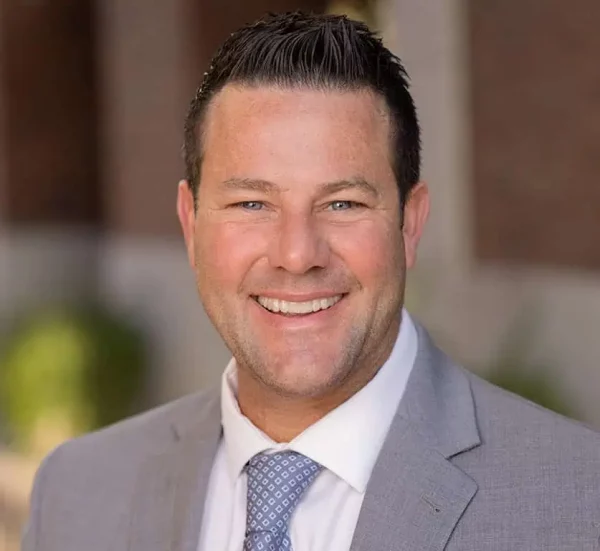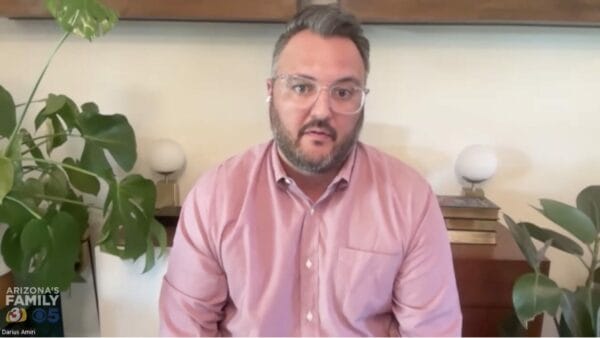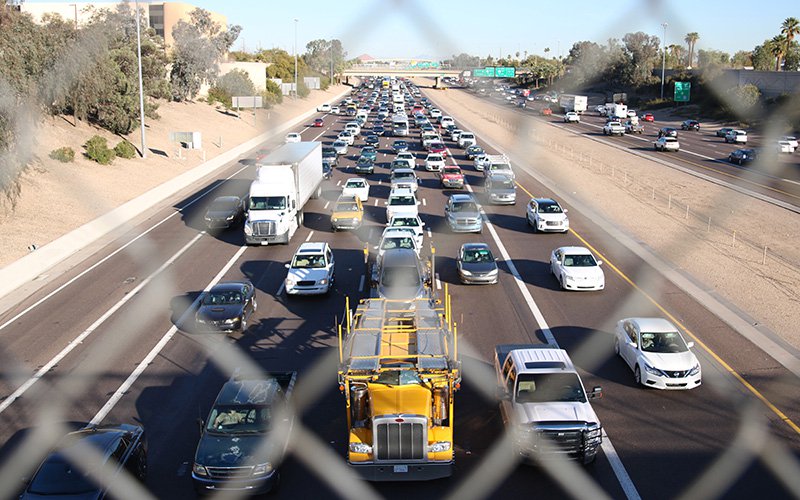
By Andrew Wei | Cronkite News
Arizona’s growth continues to surge, with a 2019 census report estimating it was the fourth fastest growing state last year. The report, which estimates Maricopa County had reached more than 4 million people by 2016, said population growth in five Western states has surpassed other regions for seven decades.
The growth of the Southwest brings jobs and expanded recreation opportunities but it also clogs roads and is leading to some of the fastest growing rents among major cities.
Eric Anderson, executive director of the Maricopa Association of Governments, said the municipal planning agency is trying to combat decades of urban sprawl through projects that preserve land and focusing on building infrastructures within existing communities.
The growth of metro Phoenix will decelerate at some point, he predicted. Based on census data, from 1950 to 2000, population growth in the desert Southwest averaged more than 40 percent every decade through 2000 but more recently slowed to about 20 percent.
“We do have resource constraints, we do have water constraints,” Anderson said. “I think you’re going to see some natural slowing of growth in the future.” MAG projects the Phoenix area population will be the 6 million to 7 million range in two decades, compared with about 4.6 million now.
Doug Walls, a research administrator for the Arizona Office of Economic Opportunity, said Valley residents can expect the growth trend to continue for the next few decades.
Here are some of the ways that growth affects the state:
Job growth
As more people move to Arizona, jobs are expected to steadily climb over the next couple of years, with construction seeing the highest percentage growth, according to a report by the Arizona Office of Economic Opportunity. It projected 2.7 percent through mid-2020, or 165,691 new jobs.
Maricopa County will see the largest job growth in Arizona, about 3 percent a year. Construction is projected to grow almost 6 percent each year, producing almost 19,000 new jobs. Health care, education and the hospitality industry also are expected to make big jumps.
One of the newest employers to Arizona is Lucid Motors, expected to open a $655 million electronic car factory in Casa Grande by next year, according to azcentral.
Rising rents
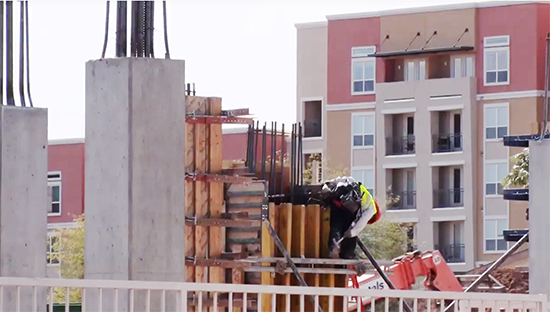
As apartments rise downtown and around the metro Phoenix, rents are soaring, according to a Rentcafé report. The average monthly rent in Phoenix was $946 in January 2018, jumping $72 to an average of $1,018 this January. Among 20 major cities, the Sunbelt saw the largest overall increase in rent from last year, with Phoenix’s 7.6 percent hike second only to Las Vegas.
Rents also climbed in Valley suburbs, with Chandler and Glendale rents growing more than 9 percent since last January.
Outdoor enticements
Cities whose population stagnated during the recession more than a decade ago are working to retain residents and entice new ones.
Peoria, in the northwest Valley, in 2017 spent $7 million to buy the last land near Sunrise Mountain to preserve it “for the citizens of Peoria, forever,” Mayor Cathy Carlat said.
The city also is developing Paloma Community Park, a 120-acre regional park, she said.
Tempe officials dedicated about $60 million to renovate and expand recreational amenities like pools, parks and playgrounds, spokeswoman Melissa Quillard said. The city is about halfway through the five-year plan.
Transit and freeways
As more people pour into Arizona, planners are working to relieve traffic congestion on city streets and freeways, with several major projects underway.
Anderson of MAG said a $201.8 million light rail expansion in Tempe is projected to be completed by mid-2021. The expansion will serve about 30,000 residents along the 3-mile track, said Susan Tierney, a Valley Metro spokeswoman.
Planners also are working to connect public transit systems to address “transportation deserts” in some Valley communities. Light rail expansion will extend the existing system beyond Gilbert Road in the southeast Valley and beyond 19th and Dunlap avenues in the northwest Valley.
Expansion of the South Mountain and Pima freeways also will connect regions of the Valley to minimize urban sprawl, he said.
Another “$500 or $600 million” freeway project is being planned to break ground in the next few years, Anderson said, on Interstate 10 near the Broadway Curve in the southeast Valley.
“It’s one of the worst stretches of freeway we have here in the Valley,” Anderson said.



